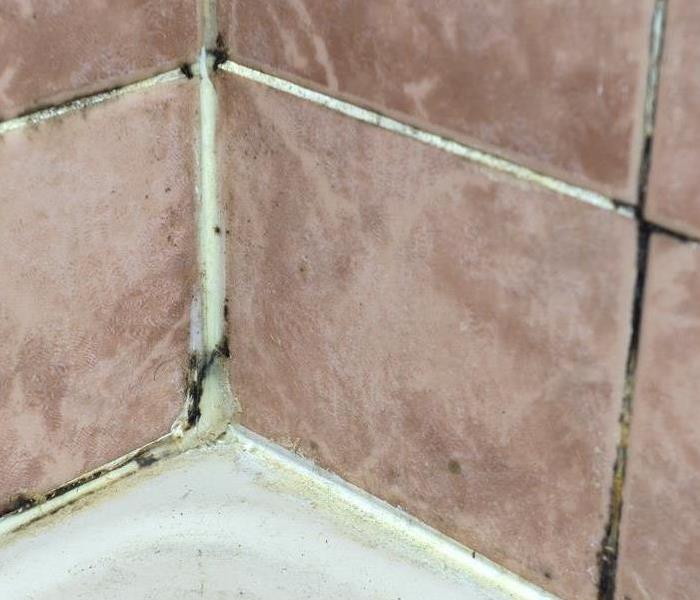Identifying Mold Infestation: Signs to Watch Out For
10/29/2023 (Permalink)
Mold infestation can go unnoticed until it becomes a visible problem. In this blog, we will explore the common signs that indicate the presence of mold in your home. By learning to recognize these signs, you can take prompt action to address the issue before it causes further damage and inconveniences.
Musty Odor
A telltale sign of mold infestation is a persistent musty odor. Even if you cannot see visible mold growth, a strong, damp smell can indicate that mold is lurking in hidden areas such as behind walls, under carpets, or in poorly ventilated spaces. If you detect a musty odor that lingers despite your efforts to remove it, it is essential to investigate further to identify and address the source of the smell.
Discoloration or Stains
The appearance of dark stains or discoloration on walls, ceilings, or other surfaces is another obvious sign of mold infestation. While mold can come in various colors, including green, black, or brown, it is essential to note any unusual patches, spots, or streaks that are persistent or spreading. These visual indicators can signify that mold has taken hold and is actively growing on the affected surfaces.
Peeling or Bubbling Paint
Mold thrives in moist environments, and one of the consequences of its growth is the damage it can cause to the surrounding materials. If you notice paint peeling or bubbling on walls, particularly in areas prone to moisture such as bathrooms or kitchens, it could be an indication of mold behind the surface. Mold growth can compromise the integrity of the walls, causing the paint to lift or bubble as moisture accumulates and the mold colony expands.
Allergic Reactions
Certain individuals may experience allergic reactions to mold without realizing its presence. If you and your family members consistently experience symptoms such as persistent coughing, sneezing, itchy eyes, or nasal congestion when at home, it could be a sign of mold infestation. Regular occurrences of these symptoms, even after cleaning or airing out the space, warrant further investigation to identify any hidden mold sources.
Increased Humidity
Another potential sign of mold infestation is increased humidity levels within your home. If you find that your indoor air feels excessively humid or muggy, it may indicate that moisture is being trapped indoors, creating an environment conducive to mold growth. High humidity can be caused by factors such as poor ventilation, water leaks, or inadequate moisture control. Keeping an eye on the humidity levels in your home using a hygrometer can help you identify any areas that may require better moisture management. Taking proactive measures to control humidity, such as using dehumidifiers or improving ventilation, can help prevent mold growth and protect your home.
Recognizing the signs of mold infestation is crucial for protecting your home and its inhabitants. By being attentive to musty odors, discoloration or stains, peeling or bubbling paint, and any allergic reactions experienced by occupants, you can swiftly address mold issues and mitigate potential damage. Early detection and intervention are key to ensuring a mold-free living environment.





 24/7 Emergency Service
24/7 Emergency Service
